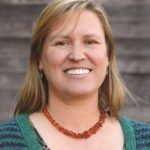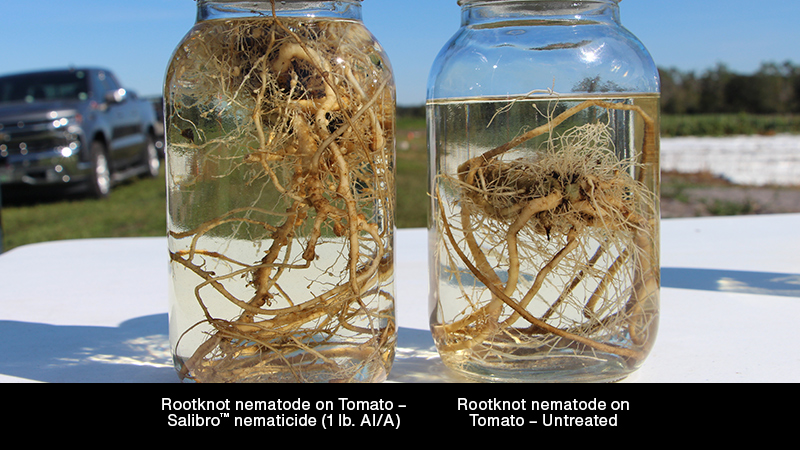Artificial Intelligence Promises To Help Reduce Food Waste on Farms
Wicked problems are pervasive and affect all of society, but only one is also considered the world’s dumbest problem: The issue of food loss and waste.
Nutrient-dense fresh produce is lost at higher rates than any other food group. What we also know is fresh produce lost during and after harvest has the potential for increasing grower profits and increasing the amount of food available in the food supply.
Previous measurements by me and other researchers of this “postharvest yield potential” in sweet potato indicate at least 4,000 pounds per acre are perfectly edible. But they have no economic value if they can’t be sold.
The highest and best use of new technology is to tackle these wicked problems. There are so many popular uses for drones in agricultural production, but they are rarely used for specialty crops.
A project titled “Innovative Image-Based Technology to Prevent Postharvest Loss in Nutritious Food Crops” is aimed at preventing food loss from farms through measurement. The two-year project, funded by the Walmart Foundation, is determining whether image collection using drones and artificial intelligence techniques can prevent food loss in harvested fields. With its imagery, it estimates surplus sweet potatoes with precision in North Carolina.

Pictured here is a drone used to capture food loss image data in a harvested sweet potato field.
Photo by Lisa K. Johnson, Lisa K. Johnson Consulting
AI Can Evaluate Crop Quality
In this project, we are using drones to capture images of sweet potatoes in fields that were left unharvested due to market and storage constraints.
The drone cameras capture both near infrared and red-green-blue images, which are then combined digitally to help the computer better understand what it’s seeing.
The images are then used to design and “train” an artificial intelligence (AI) algorithm to identify just the potatoes and ignore leaves, rocks, and clumps of soil. An AI algorithm is basically a simulated neural network that can tell a computer how to operate by itself for a specific task. This algorithm is also double-checked against field data we collected in the same sample area just to make sure both methods are coming up with similar numbers.
Once the AI identifies the sweet potatoes, it will size them to determine whether they would be considered marketable or simply edible.
Global Use?
This technique is ready to be used to identify losses in any sweet potato field around the world.
We are discovering with this project, that using drones to measure losses in specialty crops is absolutely doable. This new method takes less time than measuring manually, which requires hand harvest and sorting for data collection.
A count accuracy of 72% and 69% for red-green-blue and near-infrared images, respectively, indicates the measurements gathered from the drone imagery closely align with the actual field data and provide reliable insights for sweet potato growers.
We are working to improve our technology by fusing both types of images, which we believe will lead to even greater accuracy in the near future.
This method can be adapted for other specialty crops as well. In particular, if drones are already used to estimate yield, a few tweaks to the algorithm could identify postharvest yield potential in addition to projecting the primary yield.
About the Team
The research team is led by Dirk Maier, Director of the Consortium for Innovation in Postharvest Loss and Food Waste Reduction at Iowa State University (ISU), Lisa Johnson, Independent Food Loss Researcher and Consultant affiliated with North Carolina State University, Lie Tang, Professor in ISU’s Department of Agricultural and Biosystems Engineering, and GeoVisual Analytics, a Denver, Colorado-based company that uses machine learning and remote sensing capabilities to help the fresh produce industry reduce production costs and become more sustainable.










